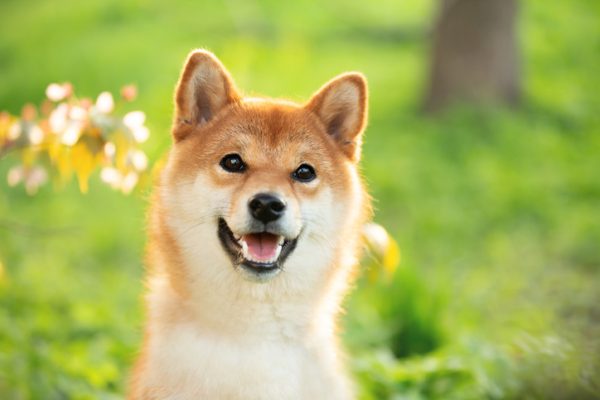
We use these pages to celebrate – and educate – about (wait for it) purebred dogs. Among the topics we cover is what is acceptable in a breed per its standard – and what isn’t, and when a puppy it touted as rare because of its size or color, it is often a marketing ploy. Since many people considering a certain breed for their next canine companion come to this site for more information, it’s helpful to them to learn about terms they may encounter while investigating breeders.
Enter the “Mame” Shiba Inu.
Simply put, a Mame Shiba Inu is a miniature, a Shiba Inu that has been intentionally bred to be smaller. Indeed, the name itself, ‘mame,” is Japanese for beans, and thus the name, “Mame Shiba Inu” means “bean-sized dog.” NIPPO, the maintainer of the registries for the six native Japanese dog breeds in Japan, doesn’t recognize this size. Neither do the AKC, FCI, Kennel Club, or any other respected registry. When a breed is intentionally bred outside its breed standard, it is done either out of ignorance or as a marketing ploy for profit. Miniaturizing the Shiba Inu to be about 35 – 50% smaller than its standard size does not improve the breed, and indeed, one source reports that over 98% of Mame Shibas are not completely healthy. Another source writes that mame Shiba Inus are vulnerable to several complications, including glaucoma, cataracts, PRA (Progressive Retinal Atrophy), Hypothyroidism, Chylothorax, and structural anomalies including spinal issues, allergies, oversized heads, and the shortened curved legs seen in many such Shibas.
To create Mame Shiba puppies, some “breeders” breed Shiba Inus who have the dwarfism gene, others breed a standard Shiba Inu with a toy breed which, of course, results in a mixed breed, not a purebred Shiba Inu. Nevertheless, potential owners (often inexperienced) may be duped by the language found on the websites of people selling Mame Shibas, including, “Mameshiba is an extremely valuable breed,” and mames are “easier to care for,” statements we found on actual sites.
Prospective owners of any breed should know that breed standards are not fancy documents of the dog show world. Each is a blueprint that when adhered to, and when coupled with appropriate health testing and socialization, gives a puppy the best chance at a comfortable life. A good guide to finding a good breeder is offered by the National Shiba Club of America here.
We are tempted to conclude by sharing a “momily” (things our moms often said): Just because you can do something doesn’t mean you should. Instead we’ll end with this: Buyer beware.
We’ve chosen to use as our image a Shiba Inu within the standard; Photo by Anastasiia Cherniavskaia/iStockPhotos
